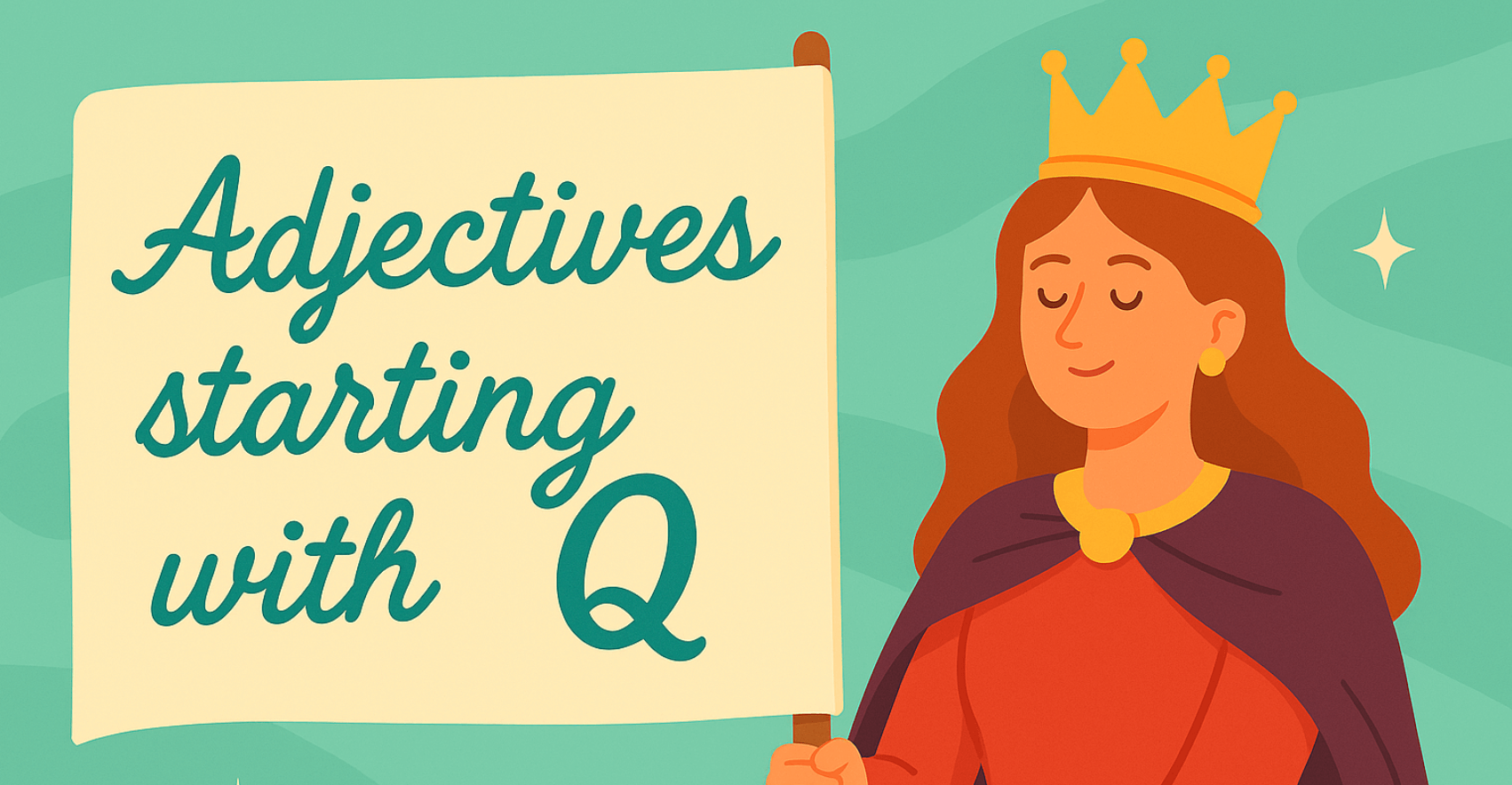Picture this: a rainy afternoon, a cozy corner, and a child utterly absorbed in a beautifully illustrated storybook. The room might be silent, but there’s a transformation unfolding in that young mind. Whether it’s a tale of a determined tortoise beating the boastful hare or a little elephant learning the power of kindness, children’s books have long been a tool for teaching timeless values. In this article we’ll explore the role of moral lessons in children’s books.
Did you know that according to Scholastic, reading just 20 minutes a day can expose a child to over 1.8 million words annually? But more than just building vocabulary, these stories shape how kids perceive themselves, others, and the world around them. The best children’s books not only entertain but also impart valuable life lessons, teaching important characteristics such as kindness, friendship, and responsibility. The challenge for writers and parents alike is to impart life lessons without sounding like, well… a school lecture dressed up in rhyming verses. How do we teach children to be kind, resilient, and brave without turning their beloved bedtime stories into morality lectures?
Let’s dive into the art of teaching without preaching, exploring how children’s books can become the most delightful classrooms where characters, adventures, and even silly rhymes carry some of life’s most profound lessons.
The Importance of Moral Lessons in Children’s Literature
Moral lessons in children’s literature play a vital role in shaping young minds and instilling valuable life skills. These lessons help children develop empathy, self-awareness, and a sense of responsibility, which are essential for their emotional and social growth. Imagine a young reader engrossed in a story where a character learns the importance of honesty or the value of kindness. Through these narratives, children can learn to navigate complex situations, make informed decisions, and develop a strong sense of character.
Moreover, moral lessons in children’s literature can help parents and educators teach children important values such as kindness, honesty, and respect. These values are crucial for building strong relationships and fostering a positive community. For instance, a picture book about a young girl who learns to share her toys can subtly teach the importance of generosity and cooperation. By weaving these lessons into engaging stories, authors can create memorable experiences that resonate with children long after the book is closed.
The Magic of Moral Lessons in Children’s Books
It’s no secret that stories have been the vehicle for moral teachings since humans first gathered around campfires. But unlike the strict parables of old, today’s favorite children’s books are experts at delivering life lessons with a light touch.
Think of “The Empty Pot” by Demi—a story where a young boy’s honesty outshines his peers, earning him a kingdom. Or Dr. Seuss’ “Horton Hears a Who!” where a big-hearted elephant teaches children the importance of standing up for others, no matter how small. These aren’t just good stories; they are transformative experiences that encourage young readers to be their best selves, often without them even realizing it.
The secret sauce? It’s all in the storytelling. A well-crafted book invites children into a world where the lessons unfold naturally through the actions of relatable characters—a young girl overcoming self-doubt, a clever fox who learns the value of sharing, or even a talking bucket that teaches kindness.
How Authors Teach Without Preaching: The Art of the Subtle Lesson
We’ve all read stories that hit you over the head with their “moral of the story.” It’s like sitting through a well-meaning but droning lecture, only with colorful pictures. Thankfully, many modern children’s books avoid this trap. They teach the way a loving grandparent might—with warmth, humor, and a dash of magic. A good story serves as a creative way to impart moral lessons and cultivate empathy in children, making it easier for parents to engage their kids on important topics during storytime.
For example, author Carol McCloud’s “Bucket Filling” series teaches kindness through the simple metaphor of an invisible bucket that gets filled by positive actions. It’s an ingenious way to get children thinking about the impact of their behavior without sounding preachy.
Another tactic is to use characters that children can relate to—a young boy learning to share his favorite toy, or various animals learning to get along in the jungle playground. These relatable situations allow children to internalize values like cooperation, patience, and empathy without realizing they’re being taught a lesson.
Choosing the Right Children’s Books
Choosing the right children’s books can be a daunting task, especially with the numerous options available in the market. However, there are several factors to consider when selecting books that teach moral lessons. Firstly, consider the age and reading level of the child. Picture books with simple language and colorful illustrations are ideal for younger children, while chapter books with more complex themes are suitable for older children.
Secondly, look for books that align with the child’s interests and values. This will help them connect with the story and retain the moral lesson more effectively. For example, if a child loves animals, a story about a clever fox learning the value of sharing can be both entertaining and educational. Finally, choose books that are engaging, interactive, and fun. Interactive books with flaps to lift or rhyming verses can make reading a delightful experience, encouraging children to read and learn.
Picture Books: A Powerful Tool for Life Lessons
When it comes to teaching values, picture books are worth more than a thousand words. The combination of engaging illustrations and simple, yet profound narratives creates a magical experience that stays with children long after the book is closed.
Let’s talk about the powerhouse of visual storytelling: Maurice Sendak’s “Where the Wild Things Are.” On the surface, it’s a whimsical story of a boy sailing to a land of monsters. But dig deeper, and it’s a lesson on managing emotions and understanding the consequences of one’s actions.
And don’t underestimate the power of beautifully illustrated books to make lessons stick. The vibrant pages of a story about a young girl learning self-confidence or a little boy making new friends can be far more impactful than words alone. Research shows that children recall up to 65% of visual content three days later compared to just 10% of what they read (Source: Brain Rules). An interactive book can further enhance this experience by engaging children through creative storytelling and decision-making, making the reading experience more engaging and memorable.
Relatable Characters: The Heartbeat of Effective Storytelling
Whether it’s a little girl learning to overcome her fears or a lovable dog teaching the value of loyalty, a children’s book often relies on characters that young readers see themselves in. This isn’t just a trick to keep kids entertained; it’s a powerful way to teach them empathy and understanding.
A story like “Charlotte’s Web” by E.B. White teaches lessons on friendship, sacrifice, and the beauty of life through the eyes of an innocent pig and a clever spider. Kids aren’t just reading—they’re living these experiences through the characters, which makes the lessons more personal and meaningful.
Even fantastical characters, like Dr. Seuss’s whimsical creatures, resonate because they face challenges and emotions that children themselves encounter. Through the adventures of Big Anthony or the shy Horton, kids learn that it’s okay to be different, to speak up for what’s right, or to simply embrace their unique selves.
Teaching Social-Emotional Values
Teaching social-emotional values is an essential aspect of children’s education, and moral lessons in literature can play a significant role in this process. By reading stories that convey values such as empathy, kindness, and self-awareness, children can develop a deeper understanding of themselves and others. These values can help children build strong relationships, manage their emotions, and develop a positive self-image.
For instance, a story about a young boy who learns to apologize after making a mistake can teach children the importance of taking responsibility for their actions. Moreover, social-emotional values can help children navigate complex social situations, make informed decisions, and develop a sense of responsibility. By incorporating moral lessons into their reading routine, parents and educators can help children develop essential life skills that will benefit them throughout their lives. Whether it’s through a sweet story about friendship or a beautifully illustrated tale of courage, these lessons are the building blocks of a well-rounded character.
Balancing Entertainment with Important Life Lessons
Of course, a children’s book that’s all morals and no fun is about as welcome as spinach at a birthday party. The trick is to weave the important life lessons into a story so engaging that kids don’t even realize they’re learning.
Take the “Elephant and Piggie” series by Mo Willems. On the surface, these stories are hilarious, with goofy dialogues and zany scenarios. But beneath the laughter, there are powerful messages about friendship, sharing, and being kind. And the best part? Kids are too busy laughing to realize they’ve just learned how to be a better friend.
The Role of Parents and Educators in Bringing Stories to Life
Here’s a secret: the magic of children’s books doesn’t end when the story does. Parents and educators have the unique opportunity to use these stories as conversation starters. After all, the best lessons are the ones that continue beyond the final page.
Try this: after reading a book like “The Invisible Boy,” which focuses on empathy and inclusion, ask your child how they might include someone new at school. Or use stories with moral dilemmas to get kids thinking critically—what would they have done if they were in the character’s shoes?
At Spines, we believe in the transformative power of storytelling, and we’re here to support authors in creating books that inspire, teach, and entertain. Whether you’re an established author or a parent dreaming of penning your first children’s book, our AI-powered platform makes it easy to bring your story to life with speed, affordability, and a touch of magic. Ready to share your story with the world? Let Spines be your publishing partner.
A Lasting Legacy in Every Page
Children’s books aren’t just for bedtime—they’re a timeless tool for shaping young minds, and helping children navigate the world with kindness, courage, and confidence. Whether it’s a sweet story about true friendship or a funny tale that teaches resilience, these books plant the seeds of values that will grow with children throughout their lives.
So, whether you’re reading to a young boy or a little girl curled up on your lap, remember that you’re not just turning pages; you’re helping shape their character, one story at a time. And if you’ve ever thought about writing your own book to inspire the next generation, Spines is here to help.
Ready to write your story? Let Spines be your partner in turning your ideas into a beautifully illustrated, globally distributed masterpiece. Sign up today and start the journey of publishing a book that will inspire, teach, and delight young readers everywhere.








